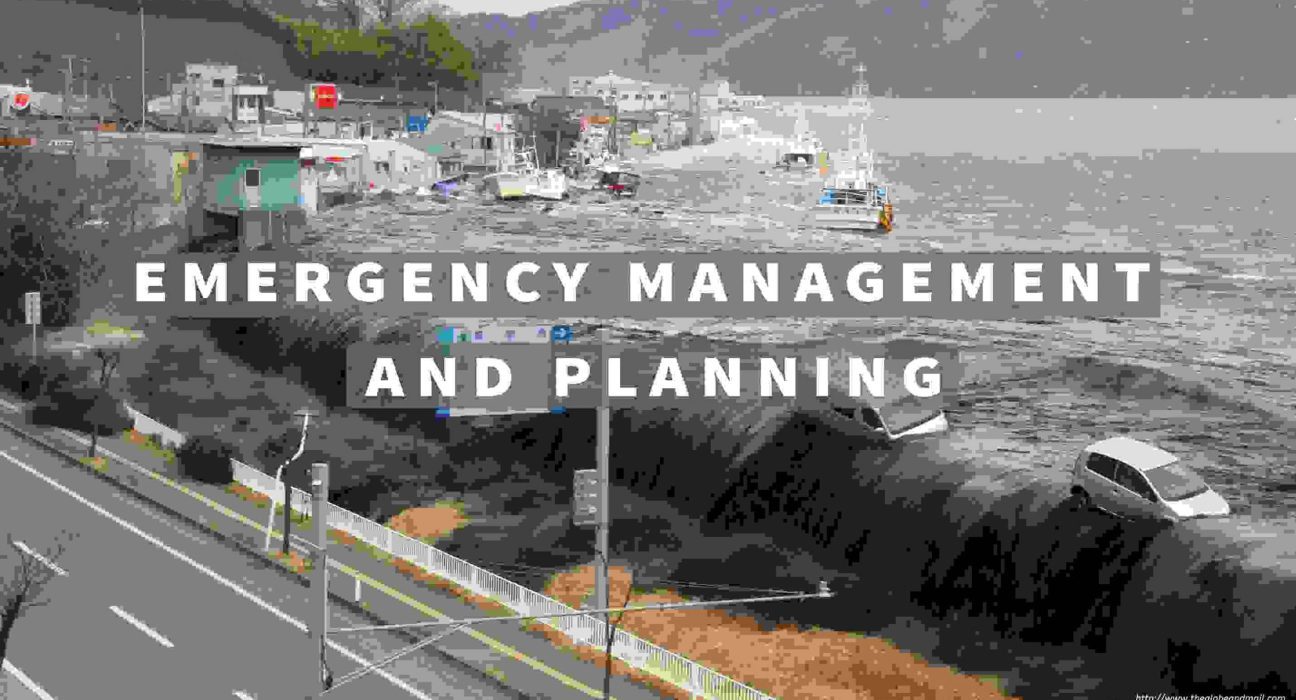Ethical dilemmas during epidemics and natural disasters occur frequently, and they cause societal loss.
It creates a burden on society, individuals, and health status. In the case of a disaster-stricken community, researchers may face ethical dilemmas that may differre destructive, in nature and a too.
Why is Emergency Management needed?
The researcher may suffer stress, anxiety, burden, and depression among people. They can take steps to tackle the situation by ensuring their security and safety.
After a disaster, the main level is to provide relief to people with substantial ethical and moral support. Emergency management is attributable to effective planning.
People need to get out of the risky environment and need security on health terms. Relief funds are necessary for people to provide them with recovery from disaster.
The researcher can give courage, resilience, communication, charity, and vigilance in a disaster-stricken community.
These steps build confidence and encouragement among the public, and they can manage it ethically.
We tackle ethical dilemmas after a disaster, which means understanding people’s needs and implementing moral values.
Emergency management is an art that needs better organization, management, and provision of necessities to affected people. Through better financial and moral support and effective communication, people can develop the confidence to face the crisis.
Community Vulnerability Analysis
Community vulnerability analysis efficiently supports the hazard mitigation policy and devises a systematic strategy to help evaluate the vulnerability.
The vulnerability is the susceptibility of the community to hazards and disasters. The critical factors for such analysis are social, physical, economic, and environmental.
In the Central United States, the community faces earthquake risk under the Central US Earthquake Consortium report, and seismic communities are at higher risk of an earthquake.
Developing and prioritizing mitigation strategies to manage risk is essential to tackle the threat. Moreover, improvement of response, recovery capabilities, and expedition of activities are necessary steps to build a safe framework.
Hazard identification, assessment, and analysis of critical facilities by societal, economic, and environmental factors are needed to bring safety to the community efficiently.
These steps are essential to build efficient vulnerability in the most vulnerable population. These communities should also mitigate possible risks and threats of disaster.
Vulnerable communities also need effective preventive measures to face the potential dangers of earthquakes according to seasonal factors.
How to Manage Emergency
Earthquake is a household disaster. Household disaster types of activities need disaster planning. It needs preparedness for emergency management. It requires courage, stamina, and support.
To manage the disaster, management and preparation require establishing resources, skills to practice, and adequate training and development of a warning system.
Pre-disaster action improves disaster response and safety efficacy. It is crucial to conduct training in emergency management and develop training manuals and awareness charts for the community.
This activity includes awareness, danger, and rescue activities for people and helps them adopt preventive measures during threats. By anticipating disaster problems, resources were managed quickly, and people were prepared to face an emergency.
These activities help to estimate the risk and threat of disaster and support people to understand the management and planning to tackle any emergency. Such actions are positive to reduce the negative consequences of an accident and efficiently handle the emergency.
Adopting preventive measures, i.e., security measures by detecting earthquake signs, helps communicate its efficacy to the community.

